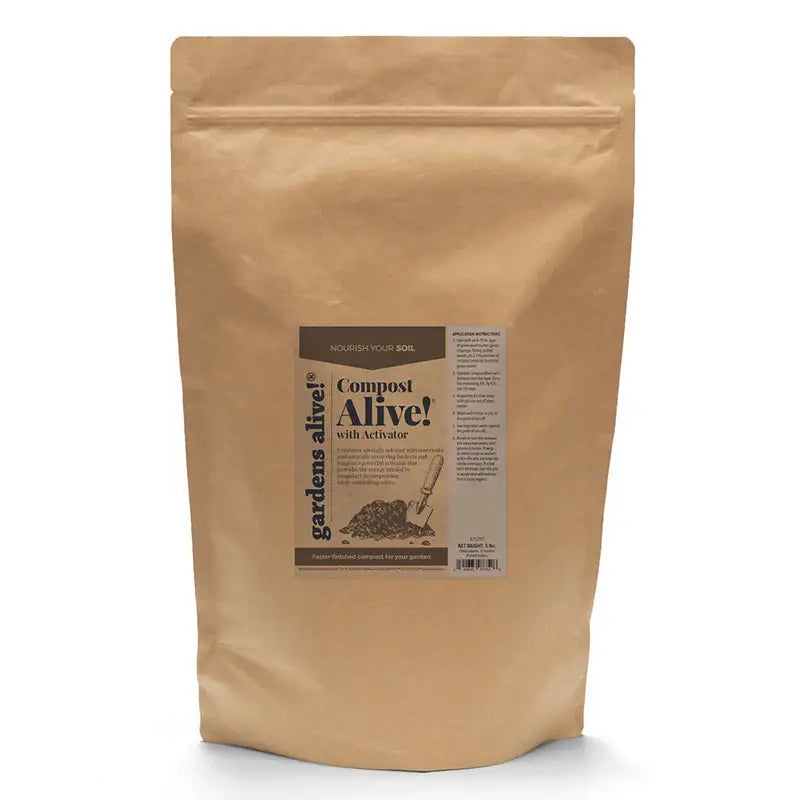Best Practices for Ornamental Grasses
Q. I checked the "A to Z Garden Answer" section of your website under 'grass', 'ornamental grass' and 'tall grass' and couldn't find an answer to my question: Is it 'okay', 'recommended', or 'forbidden' to cut off the dead stems of ornamental grasses? If it is okay, when is the best time?
---Chris in Devon, Pa
A. It depends on what Chris means. Many of the most attractive—and tallest—of the ornamental grasses develop beautiful 'plumes' that extend well above the actual grass blades, adding lots of extra height and what my old friend Martha Stewart calls "winter interest" to the garden. So--should they ever be cut back?
Not a simple answer. The plumes on some varieties will produce seeds; and if the seeds are viable, they could turn a beautiful screening plant into a bigger menace than the Enchanted Broomstick that Mickey battled in the Sorcerer's Apprentice sequence of Fantasia. Some types of Pampas grass, for instance, can produce millions of seeds per plant each season.
Ah—but if you always remember to cut off the plumes before those seeds can mature, you can be a responsible owner of an otherwise invasive plant.
However if you have one of the 'sterile varieties' (or other grass that doesn't create viable seed), cutting off the plumes removes the most beautiful part of the plant for no reason. Research varieties well before you plant.
Now—let's entertain the possibility that Chris is asking about the entire plant. After all, there IS this awful idea that you should "clean up the garden" in the fall by cutting everything back to the ground…
Slight detour: That's always wrong. So: where does this bad advice come from?
People with too much time on their hands and/or who don't understand the difference between true fall clean-up (getting whole leaves off a lawn before they can smother it and/or off of spring bulb beds so the plants don't have to fight their way through six months from then) and murdering a magnificent twenty-year-old rhododendron. Helpful hint—if you see your spouse going out to the garden anytime between June and the dead of winter with a pair of pruners or loppers, stage an immediate intervention.
So that's a strong 'no' to cutting these plants—or any plants—back in the fall. The only thing you can achieve is to stimulate new growth that will expose the plants to severe winter injury and/or death.
And you'll miss the best show with grasses that go brown and dormant in the winter. When these grasses begin to grow again in the Spring you get this magnificent green glow of new growth down low that expands until it looks like a huge glowing light in the center of the plant. Enjoy this amazing show for as long as you like, and then you can prune off some (or all) of the old growth if you want to keep the plant a certain size, need brown material for your compost pile, or if you want to prevent the buildup of fire-hazardous materials. (Trust me on that last one….)
Second question on the same topic:
"RC" in Newark, Delaware writes: "I have heard you recommend tall grasses for privacy and general landscaping. I wanted to mention that some tall grasses can be vicious. I used one around my built-in pool for decoration but had to dig it out after two years because the grass blades were so sharp that anyone touching a blade got the equivalent of a bad paper cut. Even walking too close past the grass with bare legs was dangerous. I would caution that people be aware of this fact when selecting a grass."
RC is correct. The blades on some ornamental grasses are razor sharp. I got torn up the first time I went to prune one of the bigger grasses in shorts and a t-shirt and quickly learned this lesson. Now: most people will never HAVE to prune these grasses; the clumping types will only get wider over time, which may be what you want if you're trying to increase privacy.
But the old stuff does get dry and brittle and should be removed in areas that are prone to brush fires or wildfires or anywhere near an open flame or say, fireworks. (Long story. Let's just say "lesson learned".) Oh—I'd also keep the dry parts to a minimum if the plants are up close to a house in any climate; its just not worth the risk.)
Anyway, the old dry blades really do make great dry brown material for composting , and again, removing the dry outer blades does reduce the fire risk, which is serious. But, as RC warns, this is a long-sleeve, long-pants, leather glove endeavor.
Timing? Such pruning should always be done in mid-to-late Spring. I like to wait until the new green growth in the center is about half the size of the entire plant.
---Chris in Devon, Pa
A. It depends on what Chris means. Many of the most attractive—and tallest—of the ornamental grasses develop beautiful 'plumes' that extend well above the actual grass blades, adding lots of extra height and what my old friend Martha Stewart calls "winter interest" to the garden. So--should they ever be cut back?
Not a simple answer. The plumes on some varieties will produce seeds; and if the seeds are viable, they could turn a beautiful screening plant into a bigger menace than the Enchanted Broomstick that Mickey battled in the Sorcerer's Apprentice sequence of Fantasia. Some types of Pampas grass, for instance, can produce millions of seeds per plant each season.
Ah—but if you always remember to cut off the plumes before those seeds can mature, you can be a responsible owner of an otherwise invasive plant.
However if you have one of the 'sterile varieties' (or other grass that doesn't create viable seed), cutting off the plumes removes the most beautiful part of the plant for no reason. Research varieties well before you plant.
Now—let's entertain the possibility that Chris is asking about the entire plant. After all, there IS this awful idea that you should "clean up the garden" in the fall by cutting everything back to the ground…
Slight detour: That's always wrong. So: where does this bad advice come from?
People with too much time on their hands and/or who don't understand the difference between true fall clean-up (getting whole leaves off a lawn before they can smother it and/or off of spring bulb beds so the plants don't have to fight their way through six months from then) and murdering a magnificent twenty-year-old rhododendron. Helpful hint—if you see your spouse going out to the garden anytime between June and the dead of winter with a pair of pruners or loppers, stage an immediate intervention.
So that's a strong 'no' to cutting these plants—or any plants—back in the fall. The only thing you can achieve is to stimulate new growth that will expose the plants to severe winter injury and/or death.
And you'll miss the best show with grasses that go brown and dormant in the winter. When these grasses begin to grow again in the Spring you get this magnificent green glow of new growth down low that expands until it looks like a huge glowing light in the center of the plant. Enjoy this amazing show for as long as you like, and then you can prune off some (or all) of the old growth if you want to keep the plant a certain size, need brown material for your compost pile, or if you want to prevent the buildup of fire-hazardous materials. (Trust me on that last one….)
Second question on the same topic:
"RC" in Newark, Delaware writes: "I have heard you recommend tall grasses for privacy and general landscaping. I wanted to mention that some tall grasses can be vicious. I used one around my built-in pool for decoration but had to dig it out after two years because the grass blades were so sharp that anyone touching a blade got the equivalent of a bad paper cut. Even walking too close past the grass with bare legs was dangerous. I would caution that people be aware of this fact when selecting a grass."
RC is correct. The blades on some ornamental grasses are razor sharp. I got torn up the first time I went to prune one of the bigger grasses in shorts and a t-shirt and quickly learned this lesson. Now: most people will never HAVE to prune these grasses; the clumping types will only get wider over time, which may be what you want if you're trying to increase privacy.
But the old stuff does get dry and brittle and should be removed in areas that are prone to brush fires or wildfires or anywhere near an open flame or say, fireworks. (Long story. Let's just say "lesson learned".) Oh—I'd also keep the dry parts to a minimum if the plants are up close to a house in any climate; its just not worth the risk.)
Anyway, the old dry blades really do make great dry brown material for composting , and again, removing the dry outer blades does reduce the fire risk, which is serious. But, as RC warns, this is a long-sleeve, long-pants, leather glove endeavor.
Timing? Such pruning should always be done in mid-to-late Spring. I like to wait until the new green growth in the center is about half the size of the entire plant.



